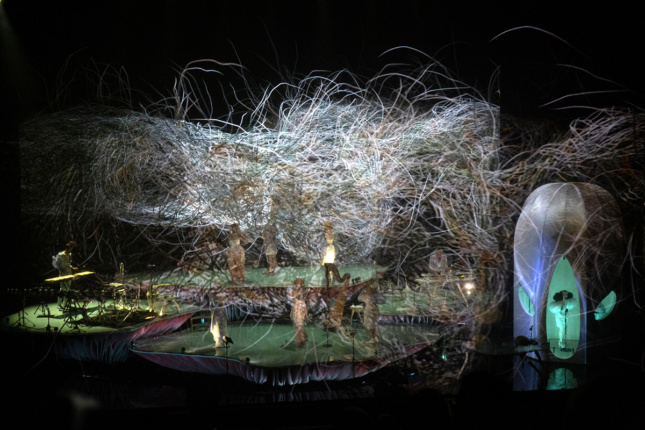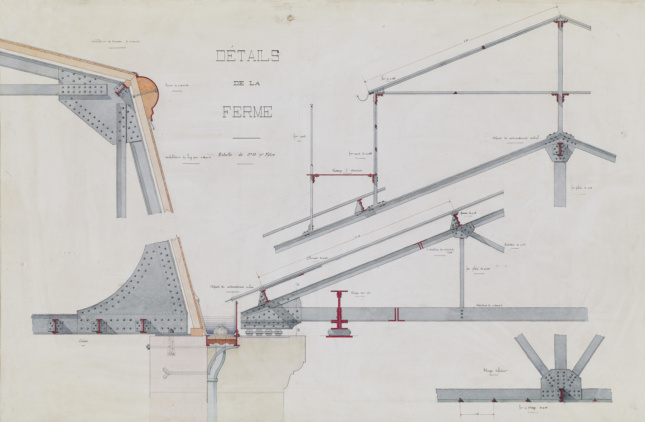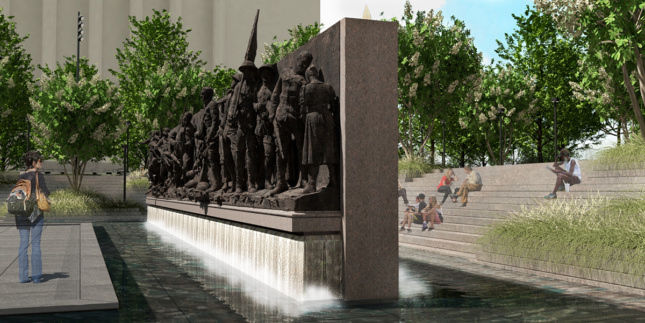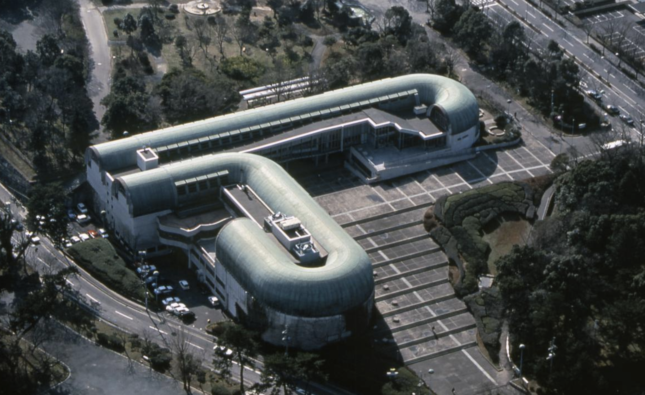Missed some of this week’s architecture news, or our tweets and Facebook posts from the last few days? Don’t sweat it—we’ve gathered the week’s must-read stories right here. Enjoy!

Björk enlists Arup engineers to design musical chamber for her latest tour
Björk, the Icelandic pop icon, enlisted Arup acoustical engineers to design a portable singing chamber for her Cornucopia tour.

New York gallery displays hand-drafted architecture drawings
Victoria Munroe Fine Art in New York’s Upper East Side is displaying hand-drawn architecture drawings from the past 300 years.

National WWI Memorial moves ahead with controversial Pershing Park plan
The U.S. Commission of Fine Arts has approved the massive relief sculpture at the heart of the potential National WWI Memorial in Washington, D.C.

Why Arata Isozaki deserves the Pritzker
Our executive editor, Matt Shaw, argues in support of Arata Isozaki’s Pritzker Prize win and the architect’s unique path through postmodernism and more.








